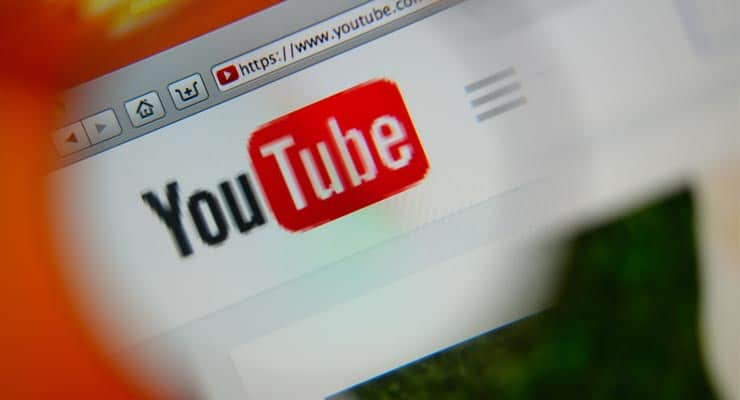Inaccurate news and hoaxes plague Twitter in YouTube HQ shooting aftermath
As we’ve noted many times now, in the aftermath of high profile shootings in the United States, a predictable pattern emerges online.
1. First the news breaks across social media, specifically the real-time focused Twitter.
2. Then the misinformation and confusion begins to manifest, resulting in contradictory early reports (often involving mainstream media.)
3. Then the deliberate misinformation begins as online trolls get to work, spreading their unoriginal hoaxes and “pranks”, which usually means stealing photos of innocent and unrelated people and accusing them of being either the shooter or a victim.
4. And finally the conspiracy theorists get to work, formulating bizarre theories as to why the whole shooting was either completely staged or orchestrated by the government with the agenda of taking your gun away.
It’s like clockwork. And given the number of high profile shootings that happen across the United States, it is also very well practised.
Sponsored Content. Continued below...
The shooting at YouTube HQ on Thursday April 3rd demonstrates just how bad the situation has become, and how unreliable social media has become in terms of being able to acquire accurate news concerning breaking events. Only hours after the first reports came in of shots fired at YouTube HQ in California, several tweets incorrectly claimed to identify the shooter.
Predictably, many of those featured online comedian Sam Hyde. Posting photos of Hyde and claiming he is the perpetrator to a shooting has become somewhat of a twisted Internet meme that originated on 4Chan and has been doing the rounds for a number of years now.
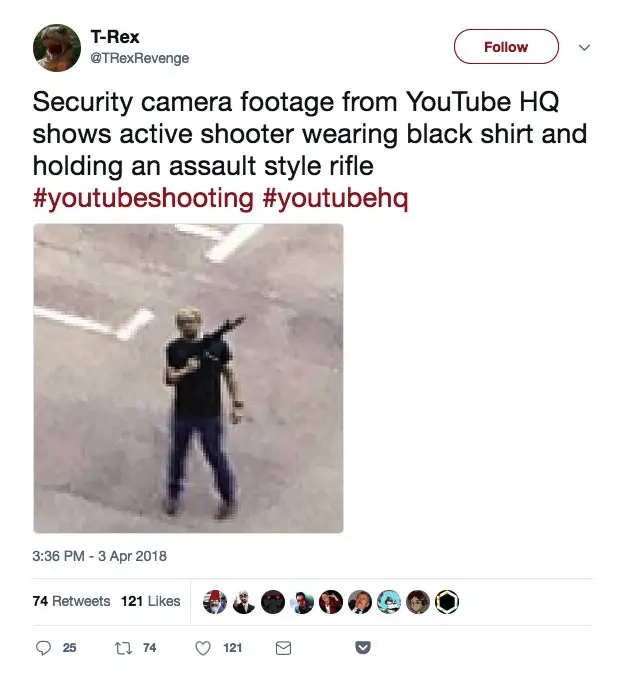
Other online personalities have also been incorrectly identified as the shooter, including popular YouTubers, such as Ashley Dugan, DragonLord and Matt Jarbo.
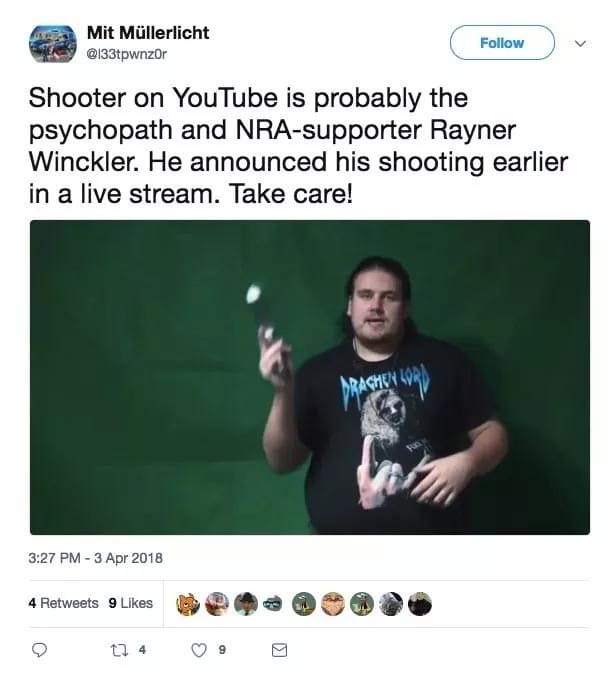
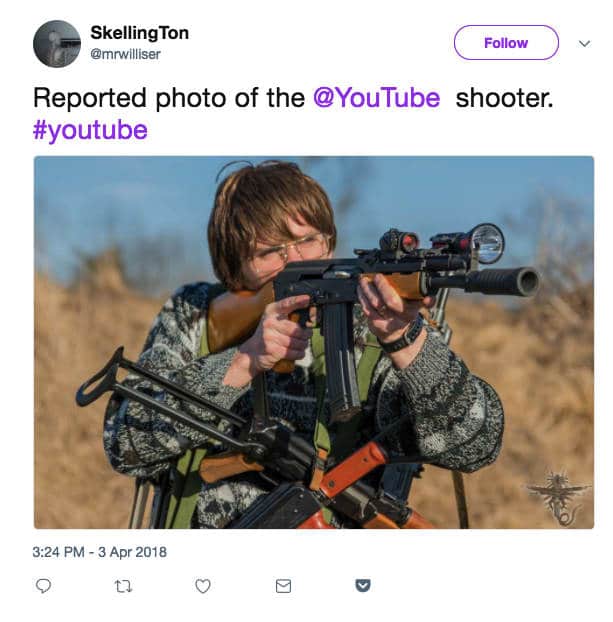
Sigh. Here we go.
Obviously I'm not the shooter. #youtubeshooting pic.twitter.com/4Z8MpBUJts
— Matt Jarbo (@mundanematt) April 3, 2018
Internet activists were also used to perpetrate this hoax.
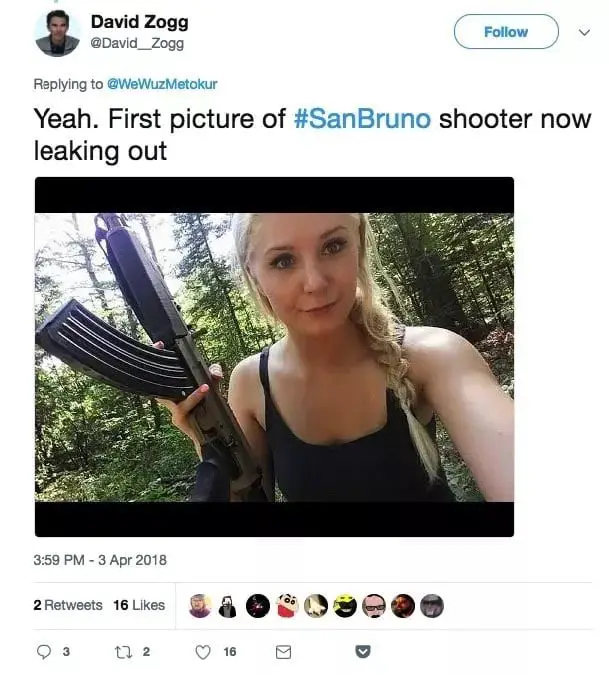
Bloggers and the media were also not immune to false accusations. Buzzfeed reporter Jane Lytvynenko – who was reporting on such fake news at the time – also encountered a fake tweet naming her as the shooter.
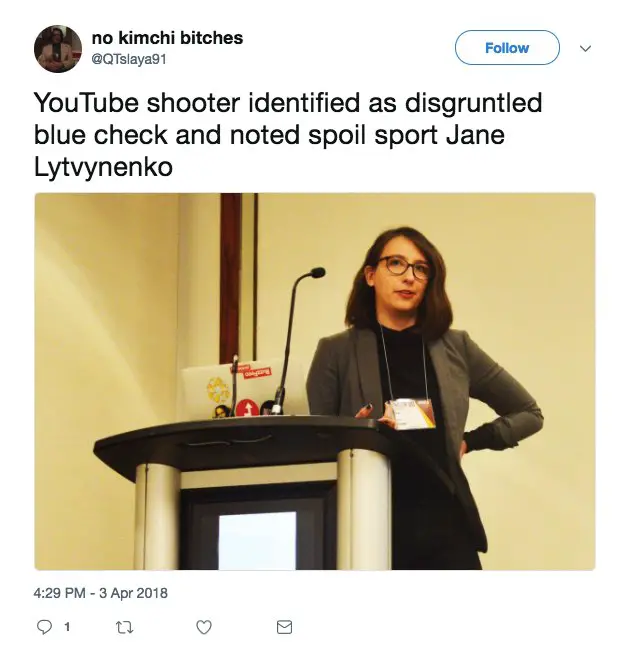
In total, we counted over 40 different people that had been accused of being the shooter in less than 24 hours since the shooting began. Most of them appeared on Twitter, with the social media platform demonstrably incapable of stopping the deluge of nonsense circulating its service.
Sadly, the increasingly prolific amount of misinformation that follow incidents like this means that real-time social media websites such as Twitter can no longer be trusted to provide breaking news as it happens, especially when it comes to tweets identifying a shooter or perpetrator. The reality is that you’re now probably more likely to stumble on inaccurate reporting or hoaxes than you are accurate news.
We write this as the first angrily narrated “YouTube HQ shooting is a False Flag” type videos hit social media and video sharing websites. We have all that to go through now.
Continued below...
Thanks for reading, we hope this article helped, but before you leave us for greener pastures, please help us out.
We're hoping to be totally ad-free by 2025 - after all, no one likes online adverts, and all they do is get in the way and slow everything down. But of course we still have fees and costs to pay, so please, please consider becoming a Facebook supporter! It costs only 0.99p (~$1.30) a month (you can stop at any time) and ensures we can still keep posting Cybersecurity themed content to help keep our communities safe and scam-free. You can subscribe here
Remember, we're active on social media - so follow us on Facebook, Bluesky, Instagram and X
